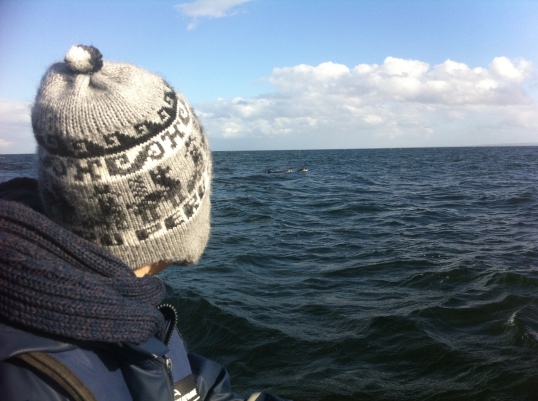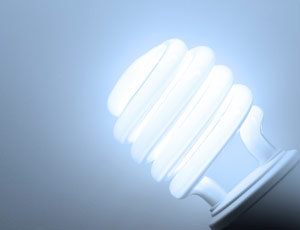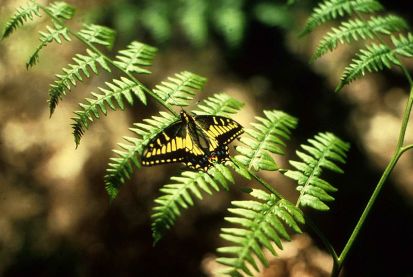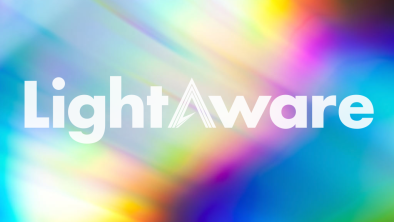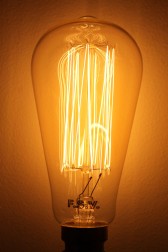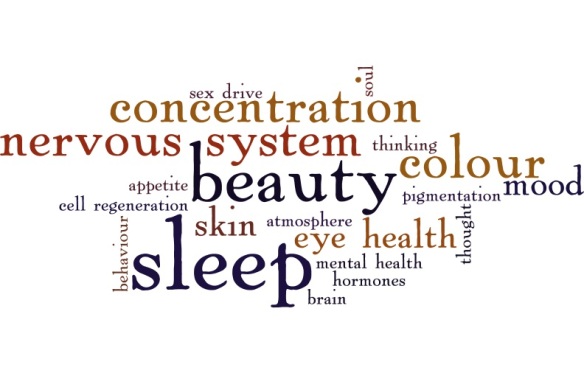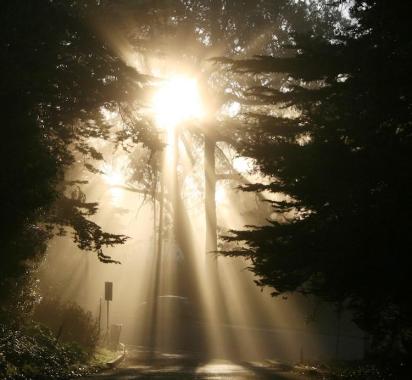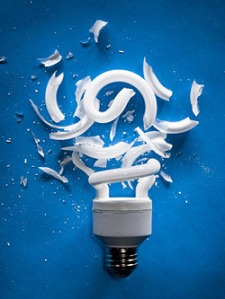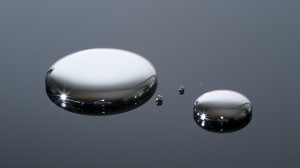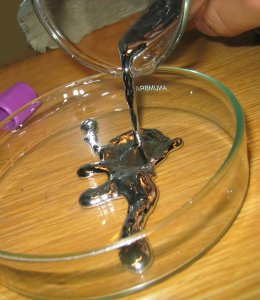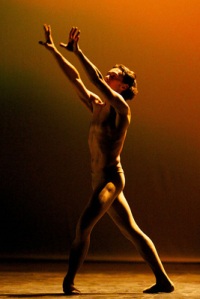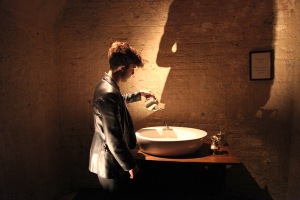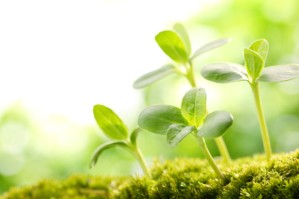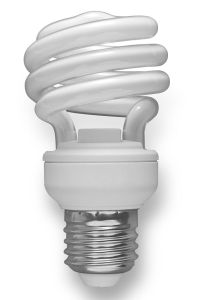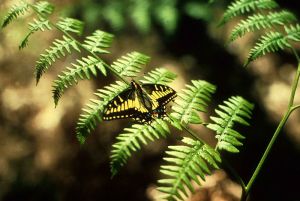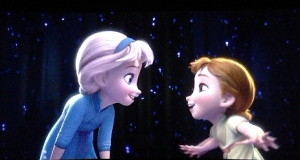
In September I joined the upbeat international swirl of stargazing, science, art and tourism that was the first European Dark Sky Places Conference. I can’t think when I last met so many interesting people or learned so much in 24 hours…
…Talking with the owners of a cosmic campsite in Arizona, who tell me that humans can see in the dark, we just need time to adjust, and that the real dark sky isn’t dark at all but a perpetual light show of cosmic activity. Breakfasting with a marine ecologist who talks of the impact of new lighting on the ocean inhabitants. Hearing tales of a pitch-black restaurant in London, of a ghost train in New Zealand, of the Isle of Sark where there’s no cars or streetlights and no one’s scared of the dark. Meeting a guy who travels with a mobile planetarium teaching kids about the night sky, who shines with the joy of those who truly love their work. And, over dinner, watching a Professor of Astronomy perform some nifty card tricks …

The conference was held in the UK’s first Dark Sky Park in Dumfries and Galloway, a corner of SW Scotland that’s new territory for me and I was keen to explore. But heading west in torrential rain I could see nothing beyond the windscreen wipers, and felt for the organisers who must so want to show off these pristine night skies, and for the global gathering of stargazers who had come from as far afield as New Zealand, Chile, China and the US to celebrate it.
I do so love a conference. Mostly I work from home in the solitude of my attic office, so it’s a buzz to be in a social whirl with a shared focus. All credit to the organisers for gathering such an impressively multi-disciplinary gang: academics and astronomers, artists, tourism people, rangers and guides, architects and lighting designers, council officials and geographers, biologists, ecologists, neurologists, and more. And hey, hallelujah – they’re all here to talk about light!
Having reached the stage where most of my friends and family glaze over or flinch from my endless rants that WE NEED TO TALk ABOUT LIGHT!, it was a relief and a joy to do so relentlessly – all day long and through most of the night.
For me the most revelatory session was on the environmental impacts of light: ‘Ecosystems, humans and health’. First we heard from a neuroscientist who explained how on this revolving planet, almost all members of the animal kingdom have evolved to the ancient rhythm of dark and light, and how all of life has evolved mechanisms to synchronise behavior with the ambient light around. In humans, this is the suprachiasmatic nucleus in the brain: the body clock, or circadian rhythm. This controls not just sleep, but so many more aspects of physiology, including hormone secretion, body temperature, even bowel movements.
A graph showed vividly how the invention of artificial lighting is very, very recent in evolutionary history – just a tiny slither of time (and, I thought, the recent changes in lighting even more so ).
).
So the lighting environment we’re experiencing is utterly different to that which we’ve evolved for: we’re dealing with a broken clock.
And because light affects so much, this broken clock messes with everything: sleep problems, weight, cancer, reduced immunity to disease and viral infection, even increased risk of substance abuse.
“So the lighting environment we’re experiencing is utterly different to that which we’ve evolved for: we’re dealing with a broken clock.”
Next a marine ecologists takes the story seamlessly on from human health to the rest of the natural world. In changing both the quality of and quantity of light, he explains, we’re messing with the very mechanism which programmes life itself. All of it… bud burst and flowering in plants, migrations of zooplankton, turtles hatching, toads and frogs singing, bats feeding, the list goes on and on… everything.
Of course, I’m thinking, of course… light that’s messing up human physiology and psychology is going to cause problems for our fellow creatures too. How could it be otherwise? We’re all programmed by the same cues. I’d been aware of some of this – read research on the effect of LED streetlighting on trees, and studies on bats have been flickering around my peripheral vision. But I’ve been so focused on the health and justice issues of new lighting, that I hadn’t taken in the extent to which this is a wildlife and natural history story.
When I’ve given talks to school children, the best word I could find for ‘ecology’ was the ‘connected-up-y-ness of life’. I felt a delicious sense of connected-up-y-ness there in Dumfries and Galloway, the coming together of so many different disciplines but also so many aspects of my own life and work.
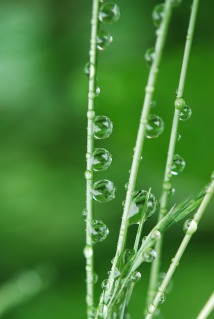
In getting embroiled in this lights stuff, I felt I was moving away from my natural habitat of wildlife writing into deep, murky waters of physics and international legislation. As I’ve said before, I’d rather be writing about dolphins. Further still, I found myself facing hostility to my stance on lighting bans from much of the scene that I’d previously felt a part of. Many Green and environmental organisations, that I had previously worked for and with, championed new lighting and vilified incandescent bulbs. But I followed a reluctant calling to delve deeper into this crazy lights story, and I find the wildlife world coming to meet me there.
I didn’t expect to meet a marine ecologist at a Dark Skies conference – surely the sea is one last sanctuary from artificial light? But no, the sea is flooded with light pollution just like every other form of pollution, and everything within it is affected. I learnt that celestial cues call coral to spawn and sand hoppers to orientate away from the tide; obscure the sky with artificial light and you mess up the cues. A whole range of aquatic and marine fish are affected in their feeding, reproduction, behavior and development, as with all aspects of the biology of wading birds. Changes in coastal street lighting are causing metabolic stress for dog whelks on the shores.
You and me both, I’m thinking, poor wee dog whelks, you have as little say as we do about the streetlights inflicted on you, and you’re not alone – we’re getting mighty metabolically stressed too!
Nobody mentions incandescent lighting, or the bulb ban. The issue feels like a lonely elephant lumbering through the hotel corridors. Is it a taboo subject, or has it been forgotten so soon? As if ‘progress’ is a one-way juggernaut that’s already left incandescent lighting far behind. The focus is on LED and improvements to in LED lighting technology because that is, we’re told, the future. Has anyone else noticed that this direction is a political decision not some law of physics? That it’s a CHOICE that’s been made on behalf of us all – and on behalf of the turtles and corals and bats and trees and flowers and wading birds, and those poor dog whelks. A choice that’s been made by those ill-equipped to do so. As so often, I feel like the wee boy in the Emperor’s New Clothes wanting to stand up and shout out the insanity of it all.
Has anyone else noticed that this direction is a political decision not some law of physics? That it’s a CHOICE that’s been made on behalf of us all – and on behalf of the turtles and corals and bats and trees and flowers and wading birds, and those poor dog whelks.
Still, I’m uplifted by utterly gorgeous astrophotography (one of my new words! I also learnt: ‘astro-tourism’ – with and without a hyphen; ‘Cultural Astronomy’ – who knew that was a thing you could do a degree in?! Had I known I think I would have done; ‘archaeoastronomy’ and ‘nyctophobia’ – a severe fear of the dark.) We saw exquisite images of swirly skies streaked with the Milky Way, of trees silhouetted against star-studded deep blue, and heard stories of star gazing around the world. (And I noticed how often the word ‘gaze’ was used. We ‘look’ at other stuff, ‘watch’ even whales, but we gaze at stars…) People remember, they said, they retain vivid experiences of pristine skies from childhood and through life – the way we remember really significant events.
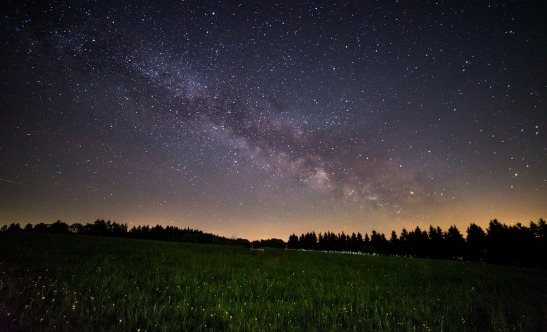
It’s true – memories are floating up through me like happy bubbles as I watch and listen… girl-guide camp in north Lancashire, snug in our sleeping bags outside and staying awake most of the night just starring in amazement at the great dome of starry night above… in the hot pools in New Zealand, the water warm and the air deliciously cool, leaning back and looking up at through the curling steam at the astounding number of stars that seemed to crowd the southern skies… last winter in Pitlochry, waking the children and carrying them outside into the icy February night because the stars were so bright, ‘they really do twinkle’ said my son…
And indeed the skies did clear as the afternoon’s sessions progressed, offering a bright blue promise of clear nights ahead for those lucky enough to stay for the bat-watching and star-gazing part of the programme. I was only able to stay for 24 hours of this three-day event, getting away mid-week is a hell of a logistical feat of child-and-dog-care-coordination, and family duties called me home.
The winding roads through Dumfries and Galloway were awash with sweet autumn light and the trees all flooded with gold as I headed home that evening. It all left me longing for more, and with an ache as urgent as thirst to experience for myself the texture of that velvet darkness and the pristine skies that we’ve seen so many images of and discussed so much.
Back home some hours later, the sky in front of my house is stained by the lights of industry and the urban sprawl of Scotland’s Central Belt. I climb up to my attic office, dump my notebooks on my desk and stick my head out the velux window. Facing this way, the sky is a surprisingly rich blue, and looking into it I realise there’s one… four… a few more… just enough stars to wish upon.
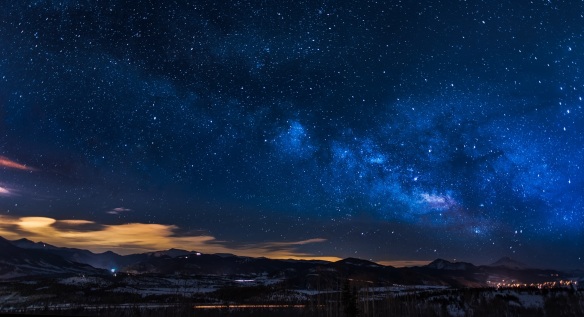


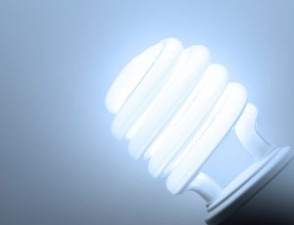


 ).
).


